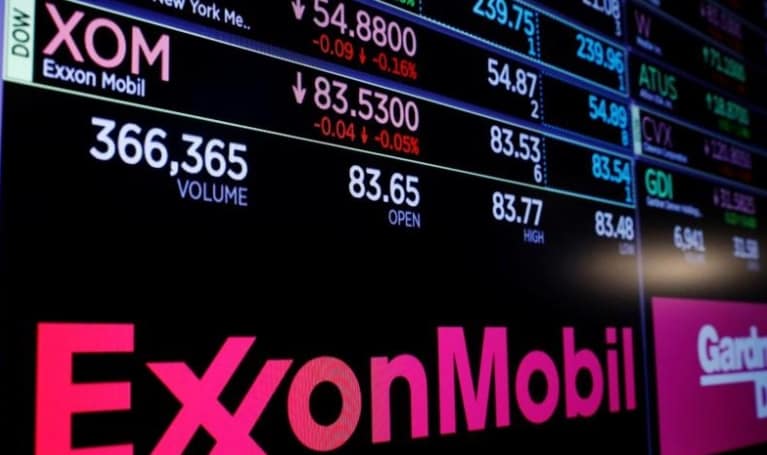
Oil posted its biggest annual advance since 2009 as vaccination rollouts accelerated the reopening of economies, spurring global consumption while crude production returned at a more moderate pace.
West Texas Intermediate rose 55% for the biggest year-to-date gain in over a decade. Brent, the global benchmark, rose 50%, the largest gain since 2016. Investors are now trying to gauge the outlook for energy demand over the coming year as the latest Covid-19 variant rapidly spreads and OPEC gathers with allied producers next week to discuss output policy.
U.S. crude also finished the year with the longest run of consecutive quarterly increases since 1983. The discovery of omicron in late November briefly jolted markets and threatened to quash the rally but crude recovered as demand appeared to withstand rising infections.
Ongoing optimism in the recovery is reflected in the market structure, with benchmark Brent’s prompt spread in a bullish backwardation of 43 cents a barrel compared with a bearish contango less than two weeks ago.
“Crude oil had an excellent 2021, supported by ongoing decline of oil inventories benefiting from the demand recovery and oil supply lagging demand growth,” said Giovanni Staunovo, commodity analyst at UBS Group AG. However, heading into 2022 “the oil market remains dependent on oil from OPEC+.”
The Organization of Petroleum Exporting Countries and allies including Russia will meet early next week to decide on production levels for February. The group has been gradually restoring shuttered capacity, usually in monthly increments of 400,000 barrels a day. OPEC will also select a new secretary-general.
Oil’s 2021 rally was also due to an energy crunch, prompted by shortages of natural gas and coal earlier this fall. Surging gas prices led to rising demand for alternative power generation in Europe and Asia heading into the Northern Hemisphere winter.























